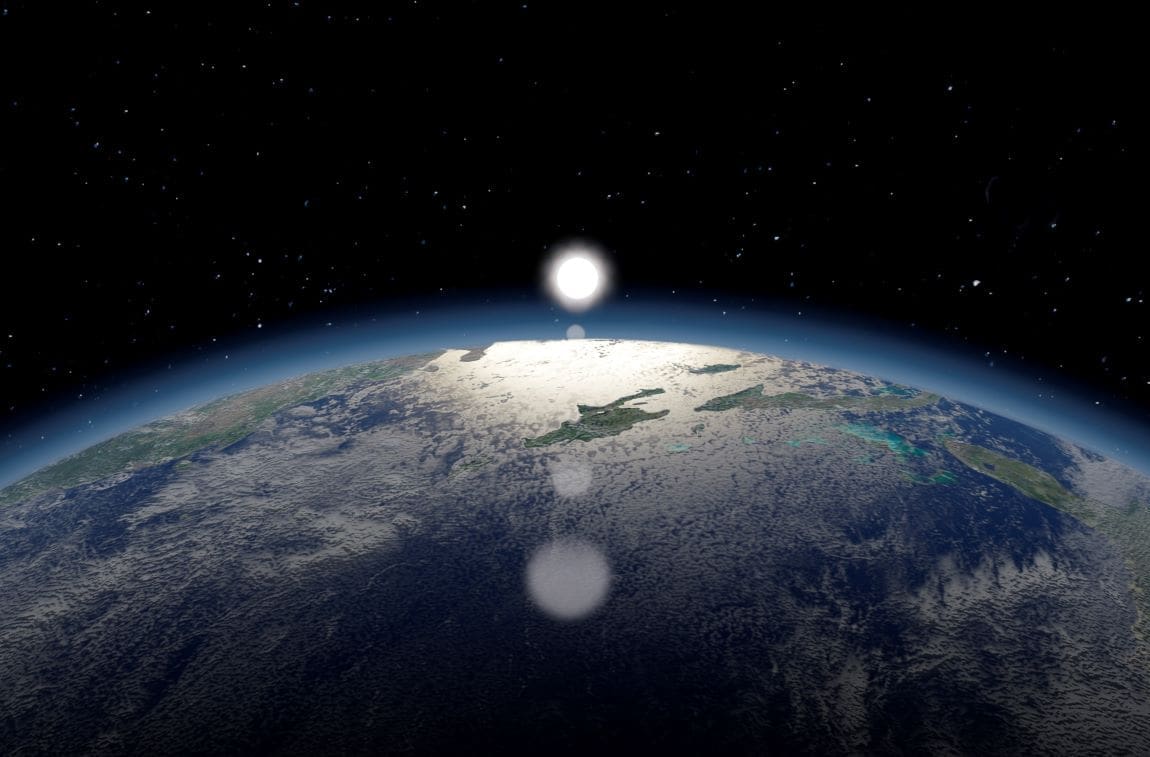The metaphor ‘tipping points,’ long used to describe critical thresholds in climate systems, is now under scrutiny by researchers who argue it may hinder public understanding and action.
In a perspective published in Nature Climate Change, scientists from institutions including Rutgers University, Princeton University, and Carleton University question whether this term effectively communicates the urgent and complex nature of climate change.

Initially embraced as a warning of abrupt, potentially irreversible changes, the metaphor ‘tipping point’ is now seen by these researchers as a source of confusion and inaction. Robert Kopp, the first author and a Distinguished Professor at Rutgers University, explained that while many phenomena categorized as tipping points are crucial to study, the framing may obscure their most significant aspects.
The study, involving contributors from nine academic institutions, highlights the lack of precise definition for ‘tipping points’ in both physical and societal contexts. This ambiguity, the researchers suggest, undermines its scientific value and risks fostering public misconceptions.
Social science evidence suggests that people are more likely to respond to clear, immediate, and localized threats – such as wildfires or floods – than abstract concepts with uncertain timing. Rachael Shwom, co-author and professor at Rutgers University, emphasized that democracies are more likely to act when a tangible event creates a political opening for policy intervention.
The term ‘tipping point’ became popular in the early 2000s, partly due to Malcolm Gladwell’s book The Tipping Point: How Little Things Can Make a Big Difference, which described the concept as a critical threshold for significant change.
Climate scientists later adapted the term to scenarios like the collapse of the Atlantic Meridional Overturning Circulation or the West Antarctic Ice Sheet. However, this broadened usage has diluted its specificity, leading to what co-author Michael Oppenheimer of Princeton University called “an illusion of precise scientific understanding.”
The researchers caution against conflating ‘tipping points’ with temperature-based policy goals, such as the widely discussed target of limiting global warming to 1.5°C. Elisabeth Gilmore, an associate professor at Carleton University and corresponding author, noted that some perceive 1.5°C as an absolute threshold, ignoring the incremental risks posed by every fraction of a degree of warming.
“Yet many in the media and the public appear to think that 1.50°C is of special physical significance or a threshold after which climate mitigation is not worth undertaking,” she said. “Quite the opposite is the case: the warmer Earth becomes, the greater the need to promptly reduce emissions and expand efforts to build resilience and adapt to a hotter planet.”
The potential for public fatigue or skepticism is another concern. If predicted tipping points fail to materialize as anticipated, it could erode trust in scientific communication and weaken future climate action. A similar critique was raised by Nature editors in 2006, who warned that the term’s emphasis on uncertainty could lead to public fatalism.
Gilmore stressed the importance of examining the communicative effects of scientific framings like tipping points. The authors advocate for research into alternative approaches that better connect with public concerns and drive meaningful action.
Despite these critiques, the scientists agree that climate change remains a pressing issue causing widespread harm. “The obvious cost in lives and property damage is enough to justify much more aggressive action by countries worldwide,” Kopp said.
Journal Reference:
Kopp, R.E., Gilmore, E.A., Shwom, R.L. et al. ‘‘Tipping points’ confuse and can distract from urgent climate action’, Nature Climate Change (2024). DOI: 10.1038/s41558-024-02196-8
Article Source:
Press Release/Material by Rutgers University
Featured image credit: Freepik




